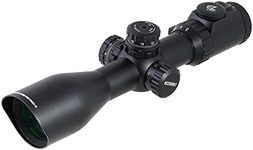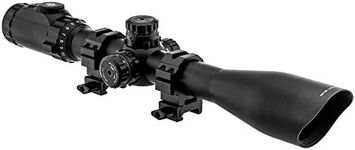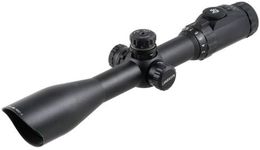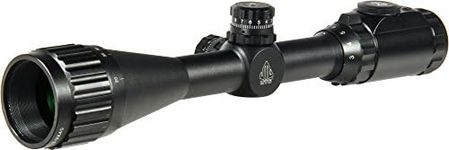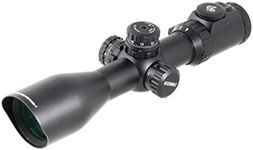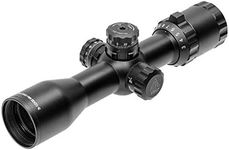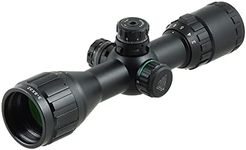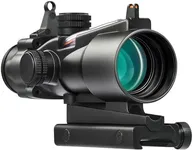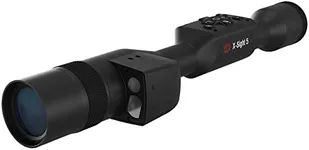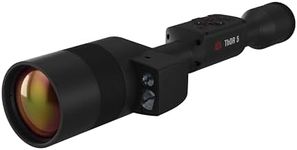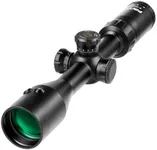Buying Guide for the Best Utg Rifle Scopes
Choosing the right UTG rifle scope can significantly enhance your shooting experience, whether you're a hunter, a competitive shooter, or just enjoy target practice. The right scope will improve your accuracy, provide a clearer view of your target, and offer the durability needed for various shooting conditions. To make an informed decision, it's essential to understand the key specifications and how they align with your specific needs and preferences.MagnificationMagnification refers to how much closer the target appears through the scope compared to the naked eye. This is important because it determines how well you can see your target at different distances. Scopes typically have either fixed or variable magnification. Fixed magnification scopes are simpler and often more durable, while variable magnification scopes offer more flexibility. For close-range shooting, a lower magnification (1-4x) is sufficient. For medium-range, consider 5-9x, and for long-range shooting, 10x or higher may be necessary. Choose based on the typical distance you will be shooting.
Objective Lens DiameterThe objective lens diameter is the size of the front lens in millimeters. This spec is crucial because it affects the amount of light that enters the scope, impacting image brightness and clarity. Larger diameters (40mm and above) allow more light, which is beneficial in low-light conditions but can make the scope heavier. Smaller diameters (under 40mm) are lighter and more compact but may not perform as well in dim lighting. Consider where and when you will be shooting to determine the right size for you.
Reticle TypeThe reticle, or crosshair, is the aiming point in the scope. Different reticle types serve different purposes. Simple crosshairs are great for general use, while more complex reticles with hash marks or dots can help with range estimation and bullet drop compensation. Illuminated reticles are useful in low-light conditions. Choose a reticle that matches your shooting style and needs. For example, hunters might prefer a simple or illuminated reticle, while long-range shooters might benefit from a more detailed reticle.
Field of ViewField of view (FOV) is the width of the area you can see through the scope at a specific distance, usually measured in feet at 100 yards. A wider FOV allows you to see more of the area around your target, which is helpful for tracking moving targets and situational awareness. However, higher magnification typically reduces FOV. If you need to track fast-moving targets or require a broad view, opt for a scope with a wider FOV. For precision shooting at long distances, a narrower FOV might be acceptable.
Eye ReliefEye relief is the distance between your eye and the scope where you can see the full image. This is important for comfort and safety, especially with high-recoil rifles. Longer eye relief (3.5 inches or more) is better for high-recoil firearms to prevent injury. Shorter eye relief can be acceptable for low-recoil guns. Consider the type of rifle you are using and your comfort level to determine the appropriate eye relief.
Durability and Weather ResistanceDurability and weather resistance are critical for ensuring your scope can withstand the conditions you will be shooting in. Look for scopes that are shockproof, waterproof, and fog-proof. These features ensure that the scope will perform reliably in various environments, from rain to rough handling. If you plan to use your rifle in harsh conditions, prioritize these features to ensure longevity and consistent performance.
Parallax AdjustmentParallax adjustment helps to eliminate the apparent shift of the reticle when you move your eye slightly. This is particularly important for long-range shooting, where even small errors can affect accuracy. Scopes with adjustable parallax allow you to fine-tune the focus at different distances. If you are shooting at varying ranges or require high precision, a scope with parallax adjustment is beneficial. For general use or short-range shooting, this feature may be less critical.

